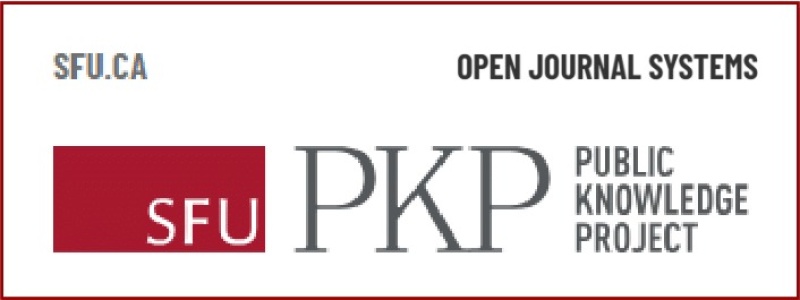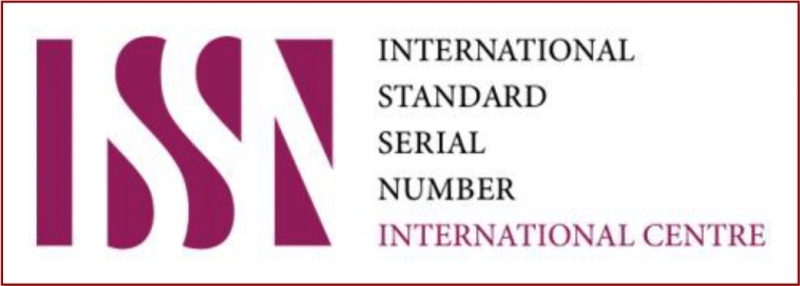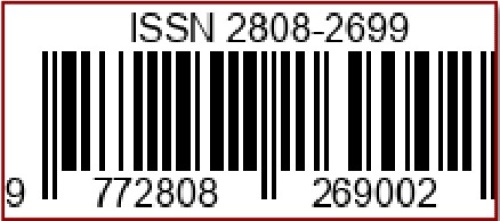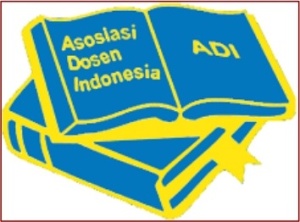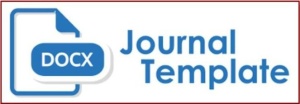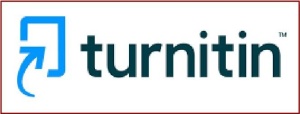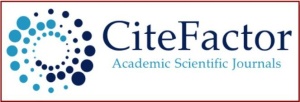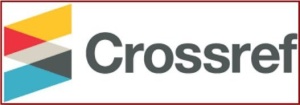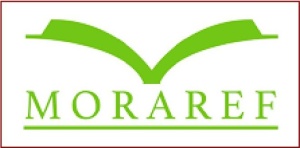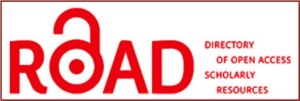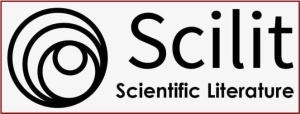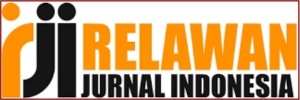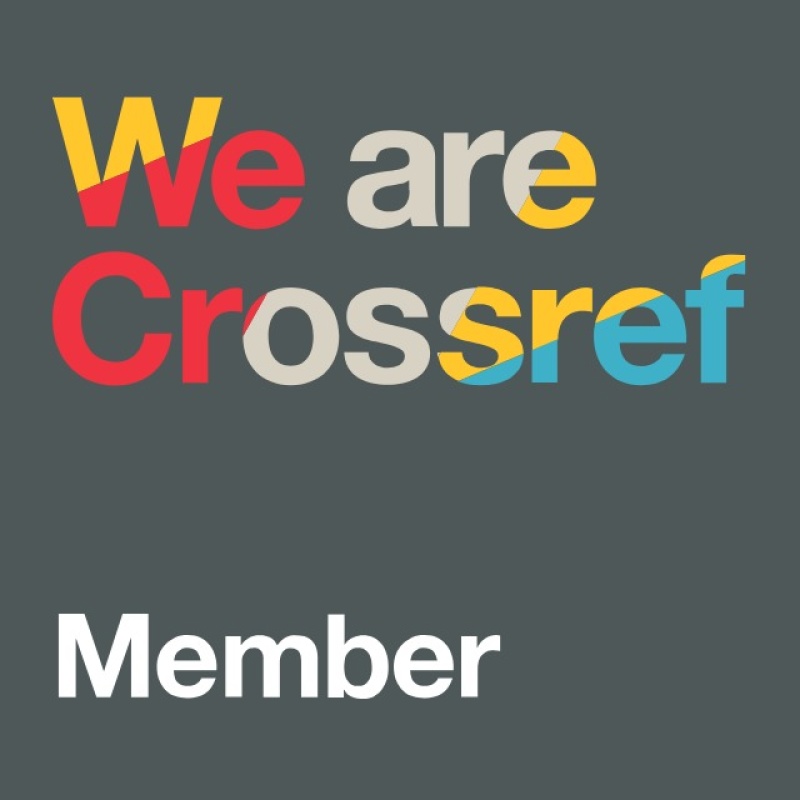Keterampilan Menulis Teks Deskripsi Berbasis Lingkungan Sekolah Siswa Kelas VII SMP Negeri 26 Makassar
DOI:
https://doi.org/10.36312/educatoria.v5i3.574Keywords:
Test Results, School Environment, Writing, Descriptive TextAbstract
This study describes the skills of seventh-grade students at SMP Negeri 26 Makassar in writing descriptive texts based on the school environment using quantitative research. The research variable is a single variable, namely descriptive text writing skills. The research design used is a quantitative descriptive design, because the data and analysis are based on numbers. The population in this study was all seventh-grade students at SMP Negeri 26 Makassar in the 2024/2025 academic year, totaling 185 students, so the sample used was 26 students. The results of this study were measured using a student test instrument in writing descriptive texts based on the school environment, which were then analyzed using descriptive statistical methods and divided into three forms: frequency, average, and category. The results showed that the average student writing skill was 57.28. This score is still below the Minimum Competency (KKM) (70), so students' writing skills are categorized as insufficient.
Downloads
References
Agustina, E. S. (2017). Pembelajaran Bahasa Indonesia Berbasis Teks: Representasi Kurikulum 2013. Aksara: Jurnal Bahasa dan Sastra, 18(1), 84-99.
Asyifa, N., Azizah, P., & Tania, V. (2024). Keterampilan Menulis Teks Deskripsi dalam Pembelajaran Bahasa Indonesia Sekolah Dasar. Jurnal Riset Ilmu Pendidikan, Bahasa dan Budaya, 2(3), 244-252. https://doi.org/10.61132/semantik.v2i3.851
Dalman, D. (2012). Menulis Karya Ilmiah (Cet. ke-6). Jakarta: PT. RajaGrafindo Persada.
Dewi, I. N., & Safnowandi, S. (2020). The Combination of Small Group Discussion and ARCS (MODis-ARCS Strategy) to Improve Students’ Verbal Communication Skill and Learning Outcomes. Prisma Sains: Jurnal Pengkajian Ilmu dan Pembelajaran Matematika dan IPA IKIP Mataram, 8(1), 25-36. https://doi.org/10.33394/j-ps.v8i1.2478
Dewi, N. N. K., Kristiantari, M. G. R., & Ganing, N. N. (2019). Pengaruh Model Pembelajaran Picture and Picture Berbantuan Media Visual terhadap Keterampilan Menulis Bahasa Indonesia. Journal of Education Technology, 3(4), 278-285. https://doi.org/10.23887/jet.v3i4.22364
Djumingin, D., & Sulastriningsih, S. (2017). Penilaian Pembelajaran Bahasa dan Sastra Indonesia: Teori dan Penerapannya. Makassar: Badan Penerbit UNM.
Ekasari, D. (2020). Kemampuan Menulis Teks Deskripsi Siswa Kelas VII SMP Negeri 1 Sindue melalui Metode Mind Mapping. Jurnal Bahasa dan Sastra, 5(3), 17-23.
Janul, E., & Sunendar, D. (2025). Development of Heron’s Cooperative Inquiry Model to Improve Narrative Writing Skills. Inovasi Kurikulum, 22(2), 737-748. https://doi.org/10.17509/jik.v22i2.77150
Mahsun, M. (2014). Teks dalam Pembelajaran Bahasa Indonesia. Jakarta: PT. RajaGrafindo Persada.
Muliani, W. O. S., Hanafi, H., & Harijaty, E. (2019). Kemampuan Menulis Teks Deskripsi Siswa Kelas VII SMP Negeri 2 Raha. Jurnal BASTRA (Bahasa dan Sastra), 4(3), 520-536. http://dx.doi.org/10.36709/jb.v4i3.10758
Samboja, A., & Triayomi, R. (2023). Analisis Kemampuan Menulis Teks Deskripsi Siswa Kelas IIIb dengan Menggunakan Media Pop Up Book. Jurnal Basicedu, 7(6), 3514-3523. https://doi.org/10.31004/basicedu.v7i6.6364
Sugiyono, S. (2019). Metode Penelitian Kuantitatif, Kualitatif, dan R&D. Bandung: CV. Alfabeta.
Wardani, D. A. P., Pujiastutik, E. F., & Sholekha, N. (2024). Efektivitas Model Pembelajaran Project Based Learning terhadap Kemampuan Literasi Numerasi untuk Meningkatkan Berfikir Kritis Siswa. Primary Education Journals (Jurnal ke-SD-an), 4(3), 321-326. https://doi.org/10.36636/primed.v4i3.5892
Downloads
Published
How to Cite
Issue
Section
License
Copyright (c) 2025 Indah Idamansari, Akmal Hamsa, & Idawati

This work is licensed under a Creative Commons Attribution-ShareAlike 4.0 International License.
-
Attribution — You must give appropriate credit, provide a link to the license, and indicate if changes were made. You may do so in any reasonable manner, but not in any way that suggests the licensor endorses you or your use.
-
ShareAlike — If you remix, transform, or build upon the material, you must distribute your contributions under the same license as the original.


